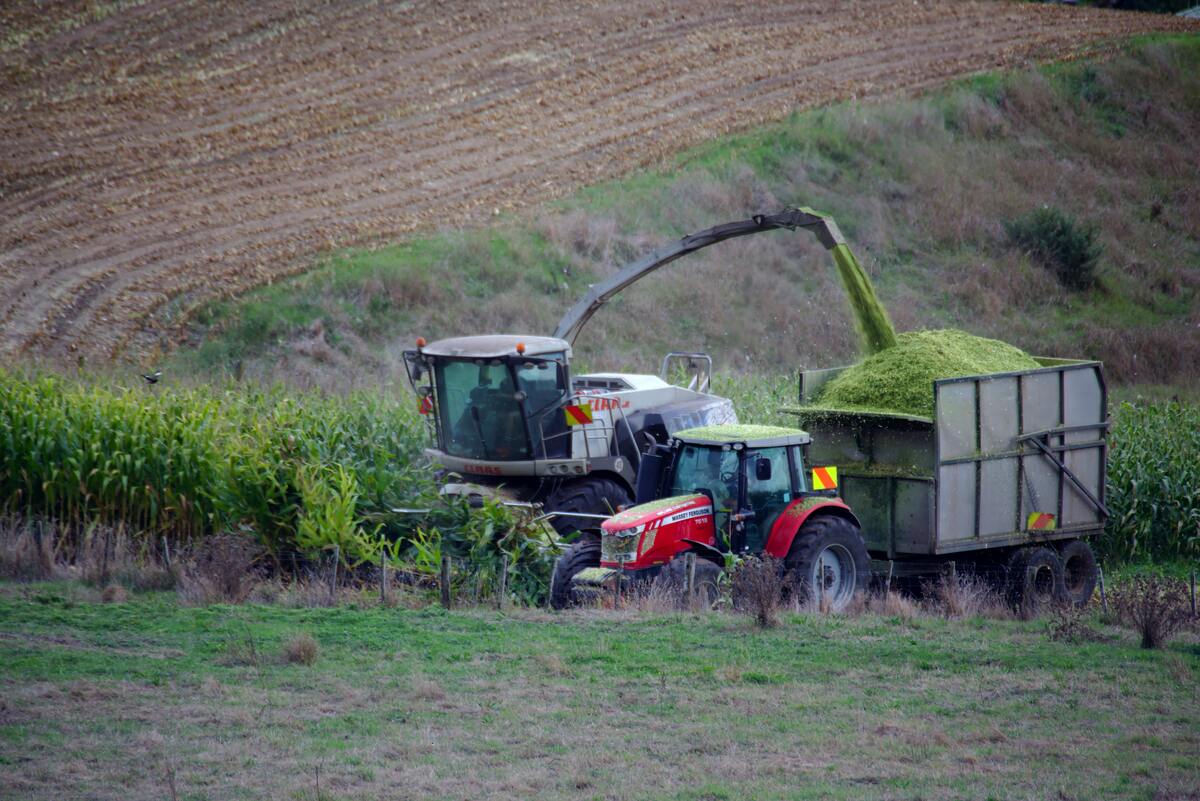
Blogs
What would a total ban on agricultural exports (“what if?” scenario) lead to?
4 August 2020


Aigerim Kushumbayeva
Analyst
Continuing series of posts about simulations using CGE model, we offer a brief overview of the next "shock news" - complete (100%) closure of agricultural exports of the Republic of Kazakhstan.
Over the last years, we have seen precedents of partial bans on agricultural exports for the purpose of movement up the value chain and achievement of food security. This kind of proposal has become more common in the context of coronavirus pandemic. These shock news are extreme and hypothetical, but it is important to understand in which direction country's economy will move.
In the following paragraph we examine at long-term effects on industry and regional terms. Agricultural products (CCEA 01) are accounted without fishery and forestry. Comparison is carried out with baseline scenarios, i.e. economy condition in 2018.
Among industries, the strongest negative effect, for obvious reasons, falls on agriculture - total ban on exports would lead to a drop in output by 7% (average drop in fishery and forestry is 6.3%). Manufacturing industry sectors (MI) would be beneficiaries.
The main effect on output is provided by labor flow from agriculture (-12.3%) to low-tech sectors of MI (food and beverages, textiles, leather products). Thus, employment in textile industry would have grown by 13.8%, in food and beverage industry - by 5.4%. This effect is due to assumption of labor flow model to alternative labor-intensive sectors that also do not require high qualifications.
In regional context, labor force would flow from agricultural NKR, Turkestan, Almaty, and Akmola regions to Shymkent and Karaganda region, which specialize in low- and medium-tech MI sectors.
However, above-mentioned effects will not lead to significant changes at macro level. So, with the exception of a 4% drop in GRP of the North Kazakhstan region, other regions will not suffer much, BUT they will not benefit from export ban. At the country level, real GDP will also remain just unchanged.
A slight drop in nominal income of the population is due to the fact that some of those employed in agriculture will completely leave labor market and remain without earnings.
From the point of view of import substitution of agricultural products, it will partially happen - imports will decrease by 28%, output for the local market will grow by 4%.
However, 7% drop in total output (for both markets) indicates that NOT ALL products previously exported will be redirected to domestic market. Some part will not be implemented internally due to economic inexpediency, where refusal to sell cattle skins, when its export was banned in 2019, was a precedent.
In short, measures aimed at support of domestic market have a disputed effectiveness. On the one hand, their effect on economy is not so significant and, often, negative.
On the other hand, such bans discriminate against some domestic producers for the sake of others, what does not always lead to expected behavior (agricultural producers are forced to sell their products on domestic market at a reduced cost).
Long-term strategy is “win-win”.
all publications











